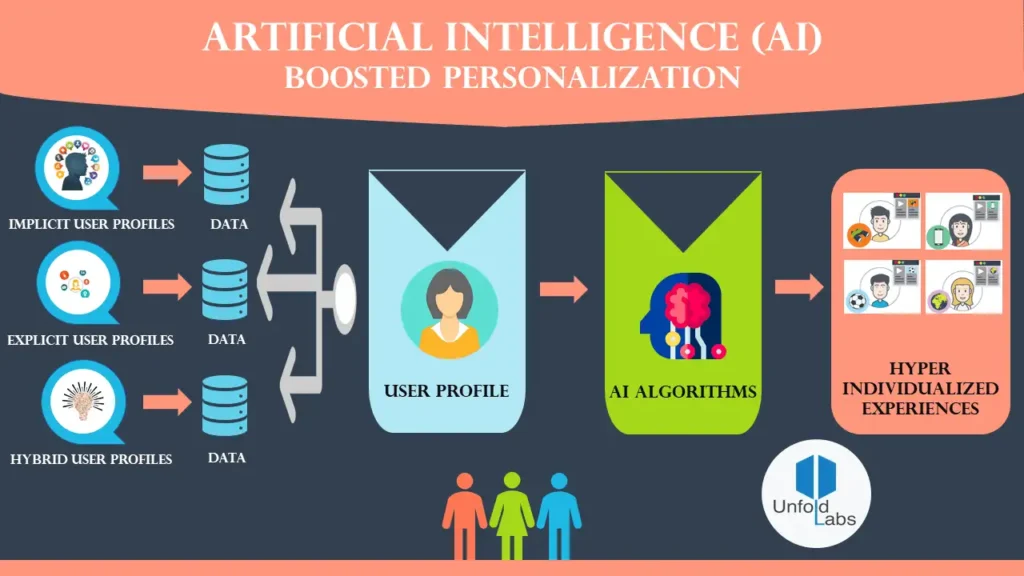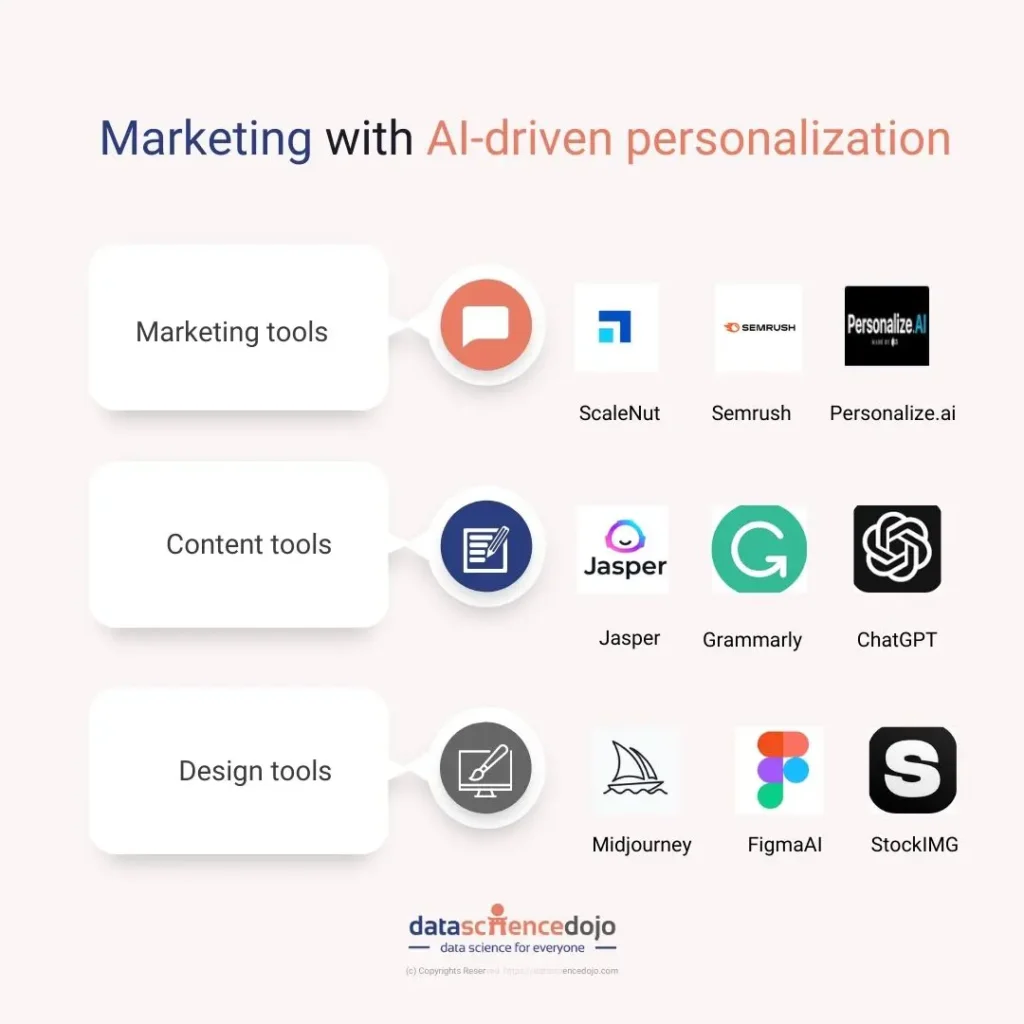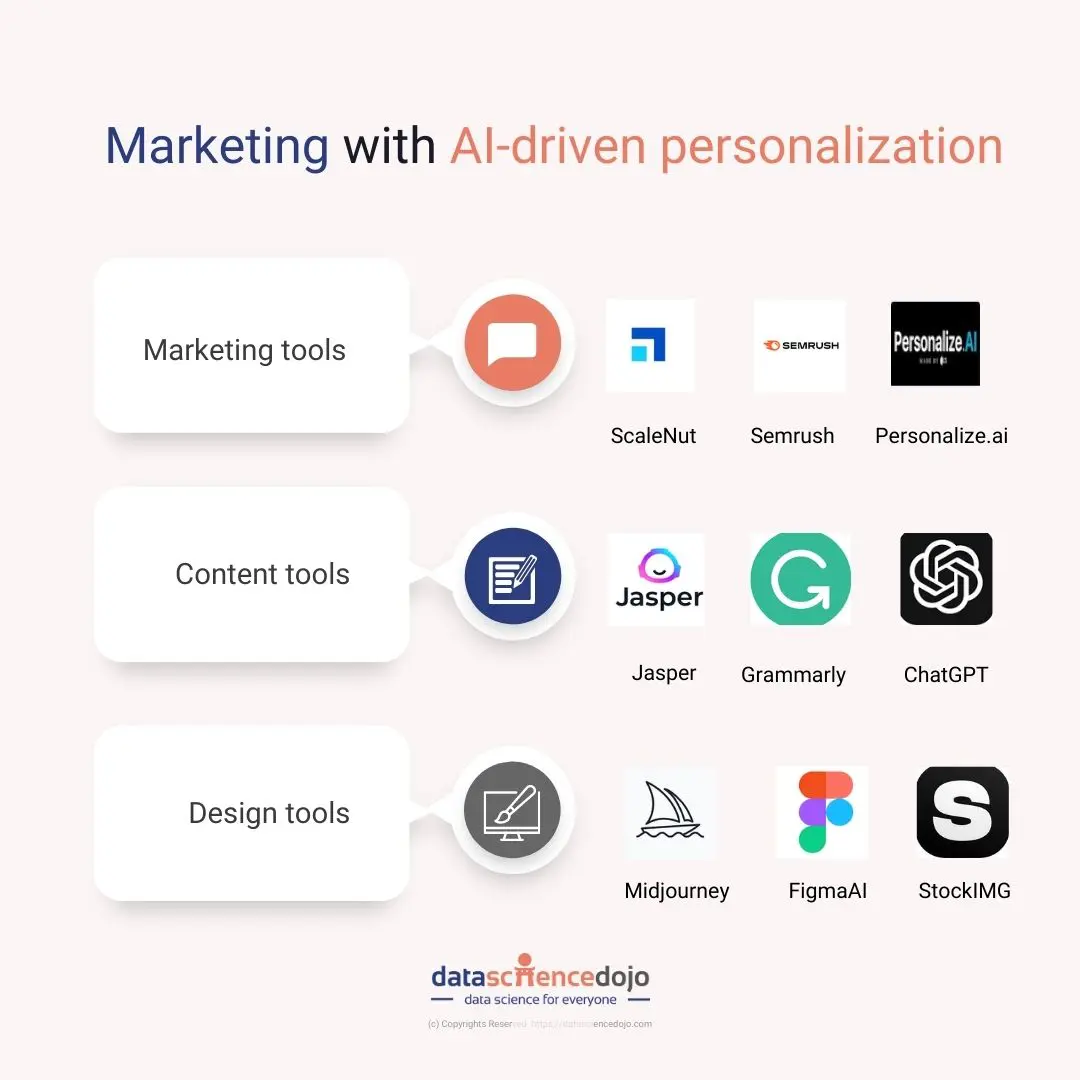At the intersection of artificial intelligence and email marketing lies the key to revolutionizing customer engagement: personalization at scale. In our article “Personalization At Scale: A.I.-Driven Email Marketing Strategies,” we explore the profound impact that advancements in A.I. have had on the effectiveness and efficiency of email marketing campaigns. By harnessing the power of intelligent algorithms, marketers are now able to tailor their email content to individual recipients, creating a more personalized and engaging experience that drives conversions and boosts revenue. Join us as we delve into the strategies and techniques behind successful A.I.-driven email marketing, and discover how this cutting-edge approach can supercharge your customer engagement efforts.
Understanding Personalization at Scale
The importance of personalization in email marketing
In the world of email marketing, personalization has become a key factor in driving engagement and conversion rates. With the increasing amount of content bombarding consumers every day, it is crucial for businesses to stand out and provide tailored messages to their target audience. Personalization allows brands to connect with customers on an individual level, making them feel valued and understood. By delivering relevant and personalized content, businesses can increase customer loyalty, drive sales, and ultimately improve their bottom line.
Scaling personalization with AI
Scaling personalization can be a daunting task, especially for businesses with a large customer base. However, with the advent of artificial intelligence (AI), it has become easier than ever to automate and personalize email marketing campaigns at scale. AI can analyze vast amounts of data to identify patterns and trends, enabling businesses to deliver personalized content to each individual customer. By leveraging AI algorithms and machine learning, businesses can automate the process of personalizing email marketing campaigns, saving valuable time and resources.
Benefits of personalization at scale
Implementing personalization at scale through AI-driven email marketing strategies offers several benefits for businesses. Firstly, it allows businesses to create a more personalized and engaging customer experience, leading to increased customer satisfaction and loyalty. By delivering relevant content based on customer preferences and behavior, businesses can ensure that their marketing messages resonate with their target audience.
Additionally, personalization at scale enables businesses to improve their conversion rates and drive sales. By tailoring the content and offers to individual customers, businesses can increase the chances of customers making a purchase. Personalized emails have been shown to have higher open and click-through rates, and ultimately lead to higher conversions.
Moreover, personalization at scale can also help businesses better understand their customers and their needs. By analyzing customer data and behavior, businesses can gain valuable insights into customer preferences, interests, and purchasing patterns. This information can then be used to inform future marketing strategies and improve overall business performance.

This image is property of res.cloudinary.com.
Implementing A.I.-Driven Email Marketing Strategies
Collecting and organizing customer data
In order to implement AI-driven email marketing strategies, businesses need to start by collecting and organizing customer data. This data can include demographic information, previous purchase history, website behavior, and other relevant data points. By collecting and centralizing this data, businesses can gain a comprehensive view of their customers and use it to personalize their email marketing campaigns effectively.
Organizing customer data is equally important as collecting it, as it allows businesses to easily access and analyze the data for further insights. Businesses can use customer relationship management (CRM) systems or other data management tools to organize and store their customer data securely.
Segmenting your email list
Segmenting your email list is a crucial step in implementing AI-driven email marketing strategies. By dividing your email list into different segments based on specific criteria, businesses can deliver more targeted and personalized content to each segment. This ensures that the right message reaches the right audience, improving engagement and conversion rates.
When segmenting your email list, consider factors such as demographics, purchase history, engagement levels, and customer preferences. The more specific and tailored your segments are, the more effective your personalization efforts will be.
Creating relevant content with dynamic variables
Once your email list is segmented, it’s important to create relevant content that speaks to each segment. Dynamic content personalization allows businesses to insert variable content into their emails based on customer data. For example, a clothing retailer can include personalized product recommendations based on previous purchases or browsing history.
By using dynamic variables, businesses can create personalized email campaigns that resonate with each customer segment, increasing engagement and click-through rates. This not only improves the overall customer experience but also enhances the likelihood of conversions.
Leveraging AI for predictive analytics
AI can also be leveraged for predictive analytics in email marketing. By analyzing customer data and behavior, AI algorithms can predict future customer actions and preferences. This allows businesses to proactively tailor their email content and offers to each customer, even before they explicitly express interest in a particular product or service.
Predictive analytics can help businesses anticipate customer needs and deliver timely and relevant email content, increasing the chances of conversions. By continuously analyzing and refining predictive models, businesses can improve the accuracy and effectiveness of their personalization efforts.
Automating email campaigns
Automation is a key aspect of AI-driven email marketing strategies. By automating email campaigns, businesses can save valuable time and resources while still delivering personalized content to their customers. Automation allows businesses to set up predefined workflows that trigger emails based on customer actions or time-based triggers.
For example, a business can automate a welcome email series for new subscribers or send personalized birthday offers to customers. By automating these processes, businesses can ensure that each customer receives the right email at the right time, enhancing the overall customer experience.
Testing and optimizing personalization techniques
Testing and optimization are crucial steps in implementing AI-driven email marketing strategies. By continuously testing different personalization techniques, businesses can identify what works best for their target audience and refine their strategies accordingly.
A/B testing is a common method where businesses send two different versions of an email to a small segment of their list and compare the performance. By analyzing key metrics such as open rates, click-through rates, and conversion rates, businesses can determine which version performs better and use those insights to optimize their campaigns.
It’s important to regularly monitor and evaluate the effectiveness of personalization techniques, as customer preferences and behaviors can change over time. By staying proactive and responsive to these changes, businesses can ensure that their personalization efforts remain effective and deliver the desired results.
By following these steps and implementing AI-driven email marketing strategies, businesses can unlock the potential of personalization at scale and create meaningful and impactful customer experiences.

This image is property of datasciencedojo.com.
Collecting and Organizing Customer Data
Importance of data collection
Collecting customer data is essential for businesses to gain insights into customer behavior, preferences, and needs. In the era of AI-driven email marketing strategies, data collection forms the foundation for personalization at scale. It allows businesses to identify patterns, segment their audience, and deliver targeted content that resonates with each individual customer.
By collecting data, businesses can gather information about customers’ demographics, purchase history, website behavior, social media engagement, and more. This data provides valuable insights that enable businesses to understand their customers better and tailor their marketing strategies accordingly.
Types of customer data to collect
When collecting customer data, businesses should aim to gather a wide range of information that provides a comprehensive view of their customers. This can include:
- Demographic data: Gathering information such as age, gender, location, and other demographic details helps businesses understand who their target audience is and how to effectively communicate with them.
- Purchase history: By tracking customers’ previous purchases, businesses can gain insights into their buying patterns and preferences. This allows for more targeted and relevant product recommendations in future email campaigns.
- Website behavior: Tracking customer interactions on the business’s website provides valuable information about their interests, browsing habits, and preferences. This data can be used to deliver personalized content and offers that align with customers’ specific needs.
- Social media engagement: Monitoring customers’ interactions on social media platforms allows businesses to understand their interests and preferences outside of the website. This data can be used to craft personalized email campaigns that resonate with customers on multiple channels.
- Customer feedback and surveys: Actively seeking feedback from customers through surveys or feedback forms provides businesses with direct insights into their preferences, satisfaction levels, and areas for improvement. This qualitative data helps businesses refine their personalization strategies based on customer input.
Data organization and management
Organizing and managing customer data is crucial for businesses to effectively leverage it for personalization at scale. Without proper organization, data can become difficult to access, analyze, and utilize in email marketing strategies.
Businesses can use customer relationship management (CRM) systems or data management tools to centralize and organize their customer data. These tools provide a structured framework for storing, managing, and accessing customer information. Additionally, they often offer features such as segmentation, data analysis, and integration with email marketing platforms, making it easier to implement AI-driven strategies.
Data security and privacy should also be a top priority when managing customer data. Businesses should ensure they comply with relevant data protection regulations and implement secure systems to safeguard customer information. By prioritizing data organization and management, businesses can effectively use customer data to enhance their email marketing strategies and personalize their interactions with customers.

This image is property of www.appier.com.
